Is the Léman Express on the right track with passengers?
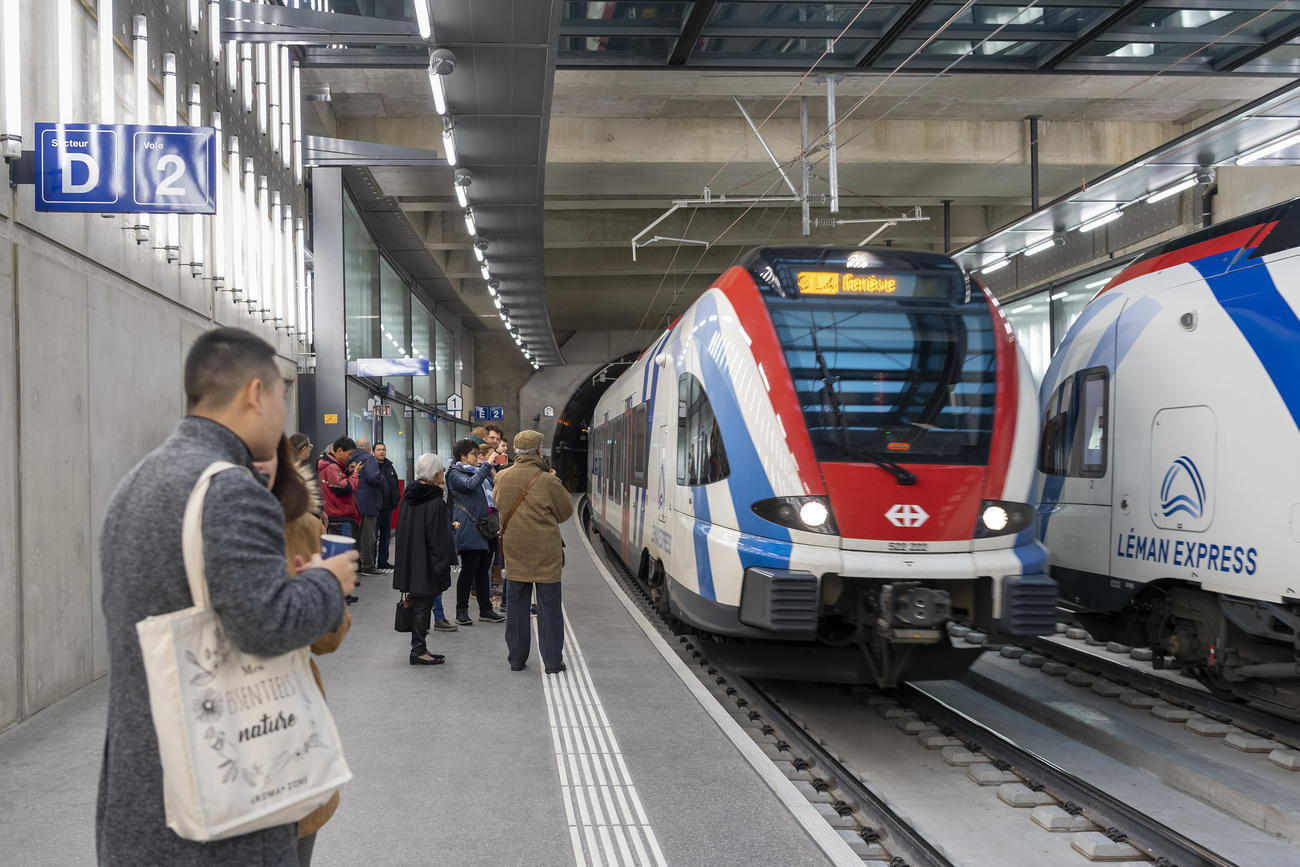
One month after the spectacular launch of the Léman Express, swissinfo.ch jumps aboard to gauge public interest in the new cross-border regional rail network between Switzerland and France.
On a sun-drenched platform at Geneva Cornavin, the city’s main train station, Jean-Marc taps away on his phone.
“Today, the Léman Express External linkallowed me to arrive at my business meeting on time,” says the Geneva resident, who claims it cuts 15 minutes off his usual journey. For now, he uses the regional line to get around the city but, in the future, he says he’ll use it to travel to Annemasse, just over the French border, south of the city.
“Before, I used to take the car, but the train is now much more practical,” he adds.
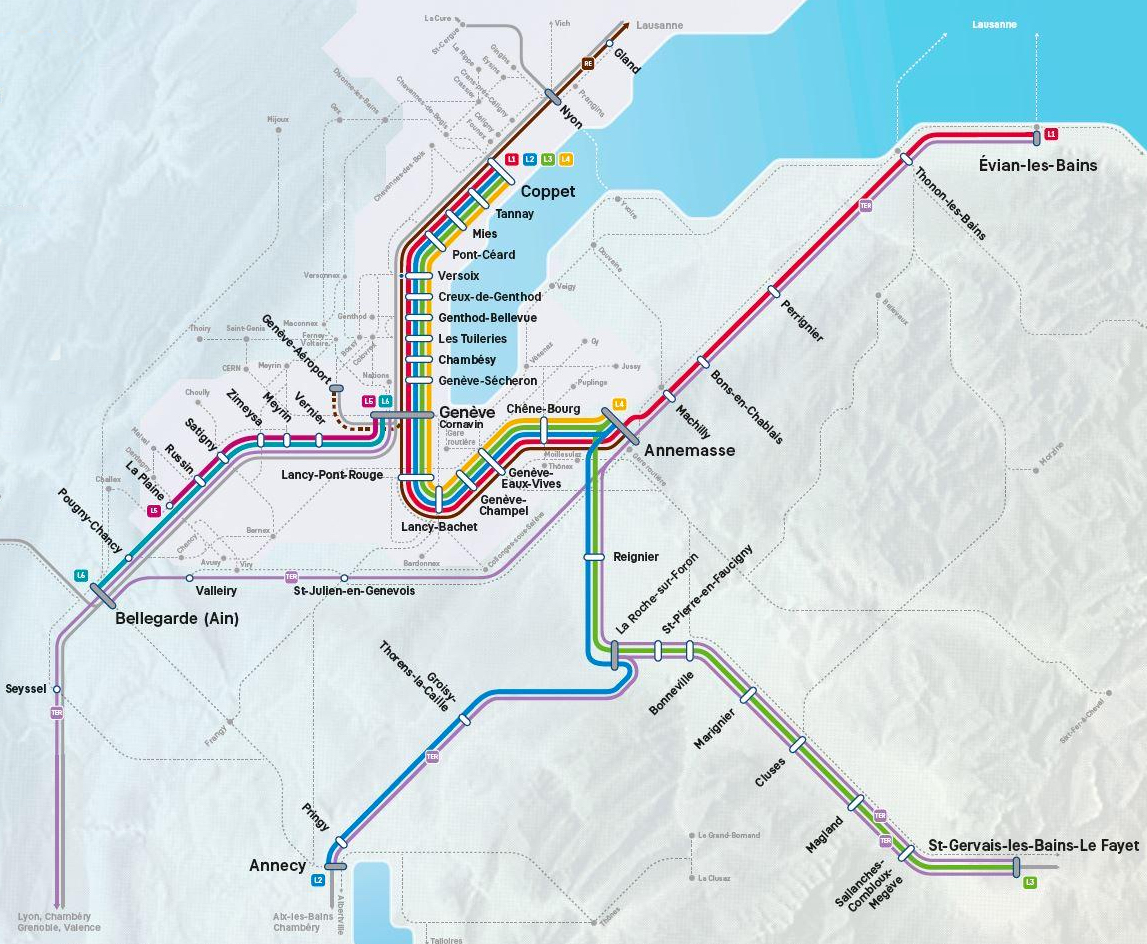
A little further down the platform, Monique, a childminder, waits for the next train with a young boy she is looking after.
“This afternoon we’re going for a ride on the train. He loves it,” she explains. Today, they are sticking to the Swiss side, travelling between the municipality of Versoix, north-east of Geneva, and the district of Chêne-Bourg.
“It saves an incredible amount of time. We save around 20 minutes, despite having to change trains,” she adds.
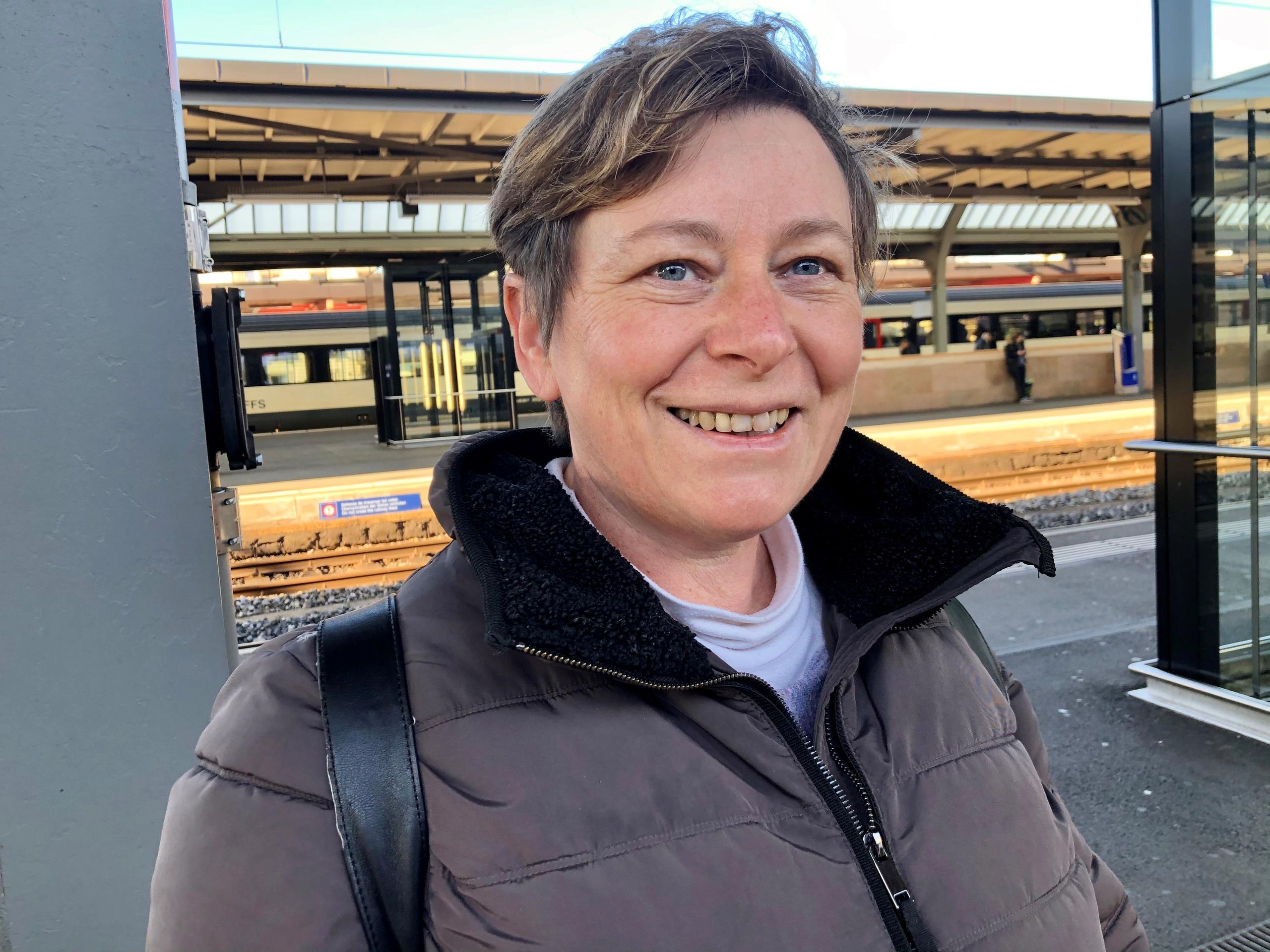
Different rail systems
Sitting on a bench nearby, a train operator enjoys the sun while waiting to drive the next Léman Express from Cornavin to Annemasse.
“The network is still not working as well as it should owing to the strikes in France,” he laments. He says most users are currently Geneva residents. “I don’t know if cross-border workers will use it.”
Léman Express
Comprising 45 stations and 230 kilometres of track and extending into canton Vaud in Switzerland and the Haute-Savoie and Ain regions in France, Léman Express, launched on December 15, is the biggest cross-border regional rail network in Europe.
The authorities hope it will attract 50,000 passengers a day and slash road traffic by 12% in the Greater Geneva region.
In France, rail workers, teachers, doctors, lawyers and others have taken part in over 40 days of nationwide protests and strikes to denounce President Emmanuel Macron’s plans to overhaul the pension system. The strikes have hit transport networks the hardest.
So far, he and 40 other drivers, out of 120 planned, have completed a two-week training course to operate the new regional trains and cope with differences between the Swiss and French rail systems. Their only common factor is the track gauge; the voltage, security systems and signalling are all different. When the trains cross the border and pass a signal in a tunnel, the trains adapt automatically.
But the French and Swiss regulations sometimes have fundamental differences.
“In France, the double orange signal means that the train should slow to 30km/h, but in Switzerland it means you should stop,” the Swiss driver explains.
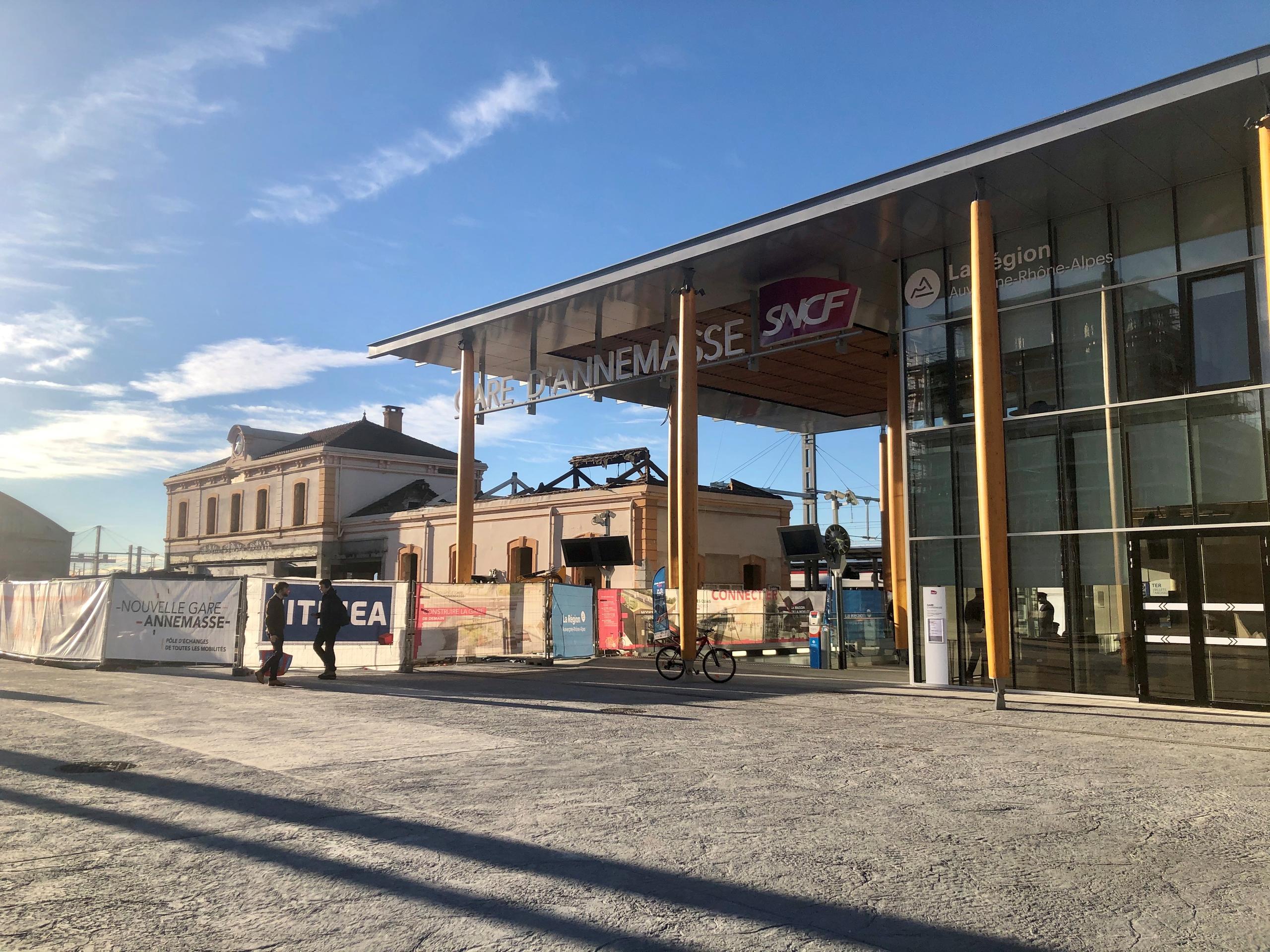
Annemasse – brand-new but empty platforms
The train driver jumps into his cabin, the doors close and the train sets off on the 16-kilometre, 20-minute journey from Cornavin to Annemasse, which can take up to one hour by bus or car.
Our neighbour on the train is Lucien, a train fan who works for Swiss Federal Railways. He has travelled to Geneva from St Gallen in eastern Switzerland to test the Léman Express.
As we cross the city, the train stops at the five new futuristic stations, such as Genève Champel and Genève Eaux-Vives, before arriving in France. At Annemasse, the platforms have been completely renovated, but they are pretty much deserted. Nearby, a new modern building housing the various rail services sits opposite the old station, which is set to be demolished. Major building work is taking place close to the station.
Fifteen minutes later, we jump into a different Léman Express train to take us back to the centre of Geneva. But the train is pretty empty.
“Is this second class?” asks an elderly woman, who is part of a group of pensioners testing the network for the first time.
“I don’t think there are enough information signs at Annemasse station. We didn’t know which platform we needed to take,” one complains.

Soumya, a French citizen, is more positive. She lives close to Geneva and travels twice a week to visit her parents at Annemasse.
“Not only is the journey shorter, but it’s also more pleasant. In the bus I have to stand up. As I’m pregnant, it’s annoying. In the train there is always plenty of room,” she says.
She admits that on the French side not many people seem to be using the network so far.
“I’m sure they will use it, but it will take some time for them to adapt. With the strikes they are worried that they’ll get to the station and there’ll be no train,” she adds.
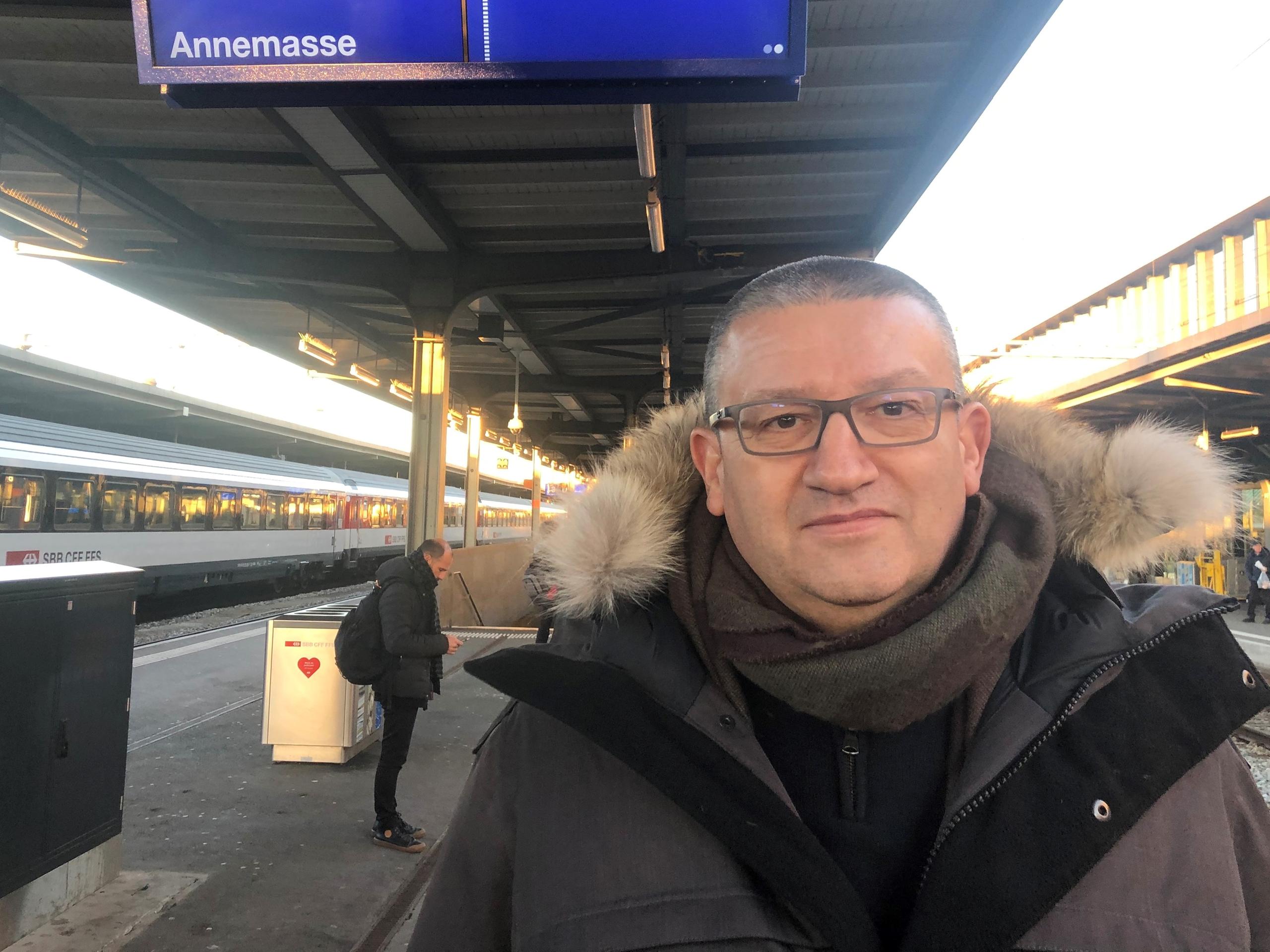
Comfort and cost-savings
Back at Cornavin during the evening rush hour, the number of passengers waiting for a train has doubled with numerous cross-border workers among them.
François, who originates from Annemasse and works at the World Health Organization (WHO), paid for a monthly rail pass to try out the network.
“Previously, I took the car and was regularly stuck in traffic jams. I don’t gain that much time, but it’s much more comfortable and calmer,” he explains. Financially, he also thinks he’s better off, as he no longer has to pay expensive parking fees in Geneva.
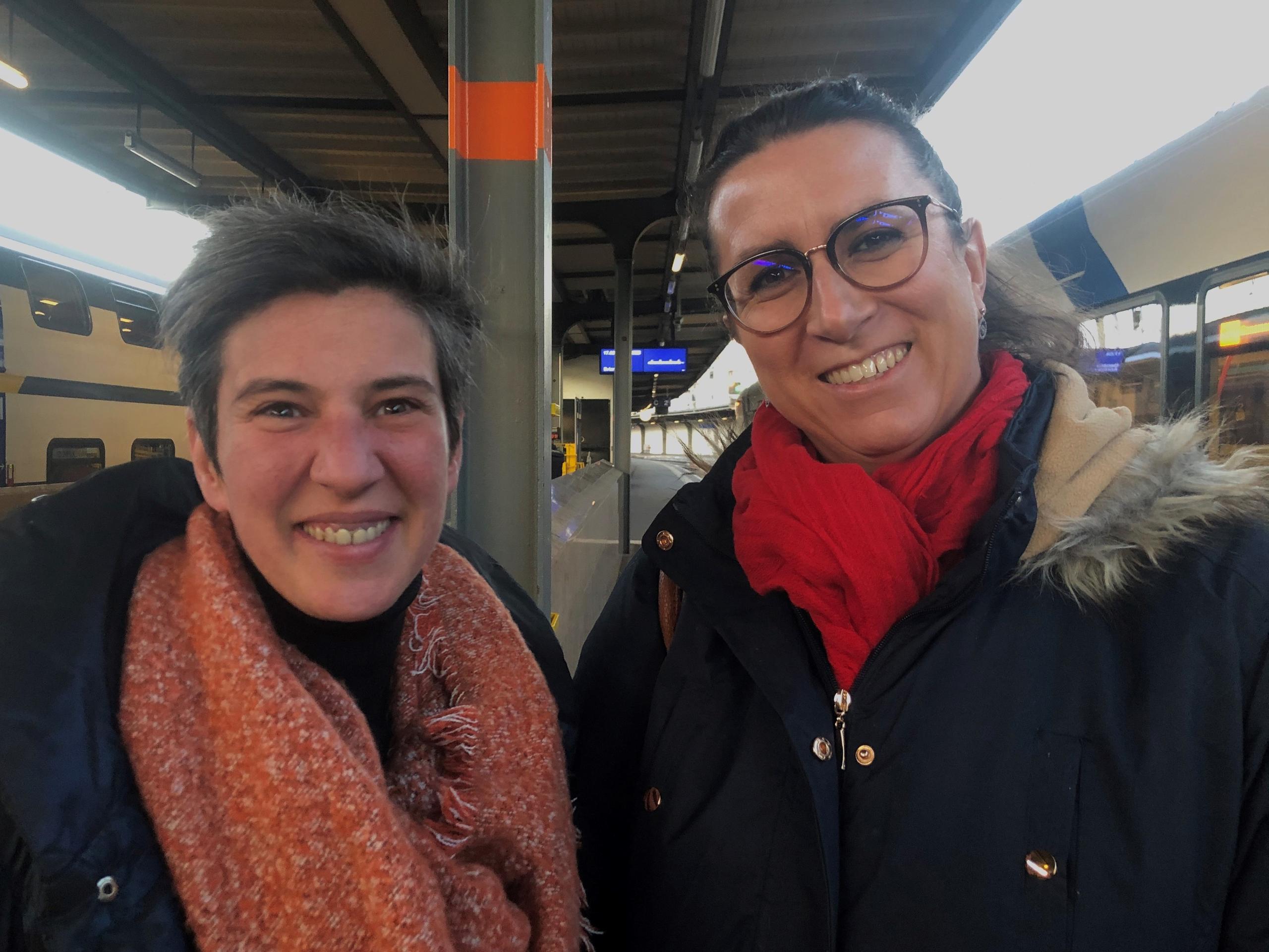
Céline and her work colleague, also called Céline, have been won over by the new rail network. One of them lives in France and the other in Switzerland, but they both use Léman Express. However, the one living at la Roche-sur-Foron in France, 10km south of Geneva, has to drive to Annemasse station for now.
“With the strikes it’s not possible to do the full journey by train, but I will do so as soon as the situation is back to normal,” she says, while complaining that the French strikes “marred” the inauguration of the new cross-border network.
Annecy scepticism
Although travellers seem relatively happy with the Annemasse-to-Geneva line, the connection between the town of Annecy, further south, and Geneva has received more criticism.
Houda Khattabi, a Swiss woman who belongs to a Geneva cross-border association, believes that link is one of the weak points of Léman Express. Cross-border commuters living in Annecy are not keen to use the new service because of the high costs, she says. A monthly Léman Express rail pass, on top of Geneva and Annecy public transport passes, costs CHF298.50 ($310). The journey from Annecy to central Geneva also takes 1hour 30 minutes by train, compared with 45 minutes by car.
Khattabi hopes the situation will change, but she is not convinced. The car is likely to remain French commuters’ main source of transport, she says. To improve the situation over the long term there needs to be more interaction between bicycles, buses and cars, and commuters need more alternatives, she adds.
What about the Gex region?
She bemoans the fact that the Gex region, north of Geneva, is not served by the Léman Express and has been largely forgotten.
“The people living in the Gex region have become as important as those in the Haute-Savoie region, south of Geneva, with some 15,000 international workers living there who travel to work at the UN and other organisations,” says Khattabi, who used to live in the Gex region.
She claims the Geneva government has overlooked the Gex region, which has not been a priority for French politicians either.
A project to extend the Grand-Saconnex tram north of Geneva towards the Gex region is currently being considered, but no timeframe has been set. Khattabi says the challenges remain the same as for the Léman Express: the prices of tickets and passes must be attractive, and park-and-ride facilities must be made available.
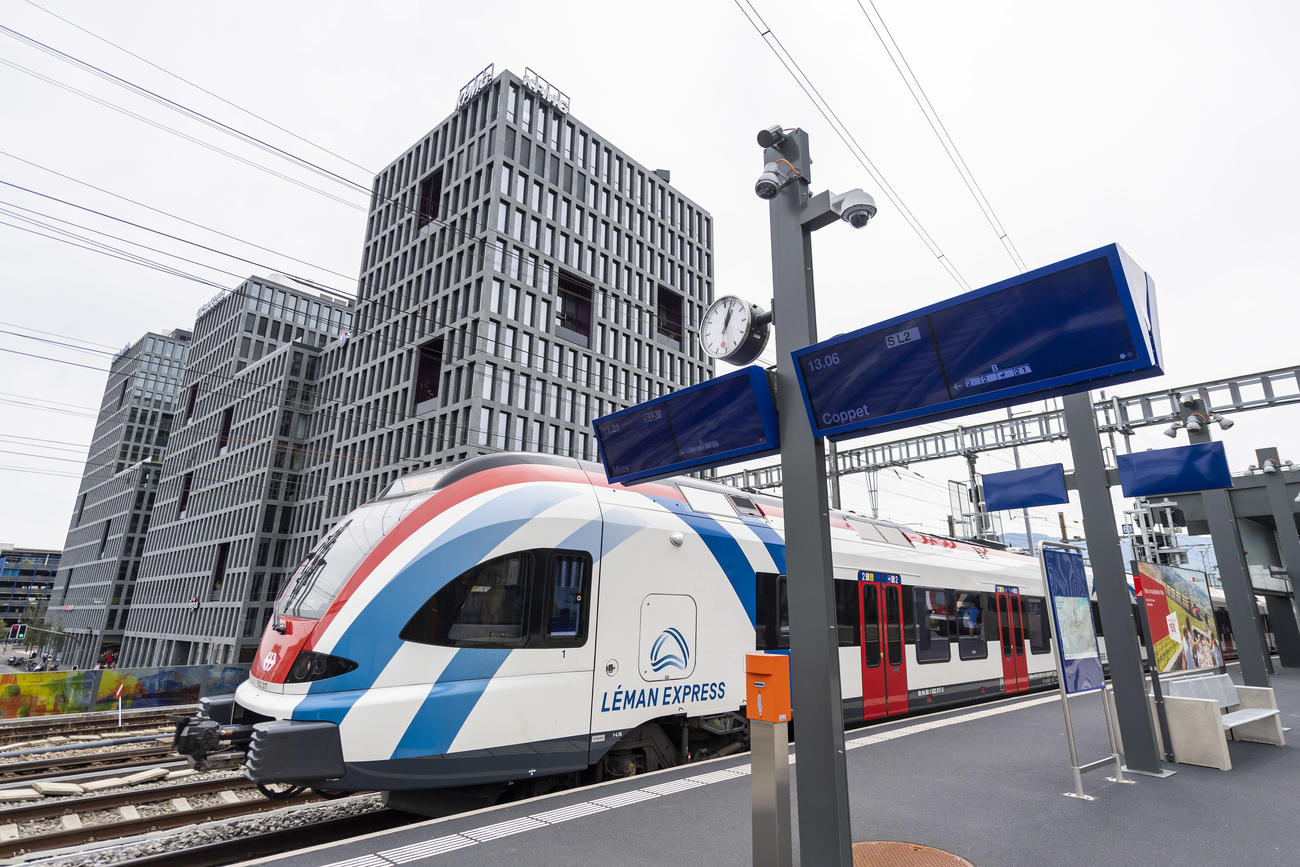
More
Léman Express to cut Geneva traffic jams
Translated from French by Simon Bradley

In compliance with the JTI standards
More: SWI swissinfo.ch certified by the Journalism Trust Initiative












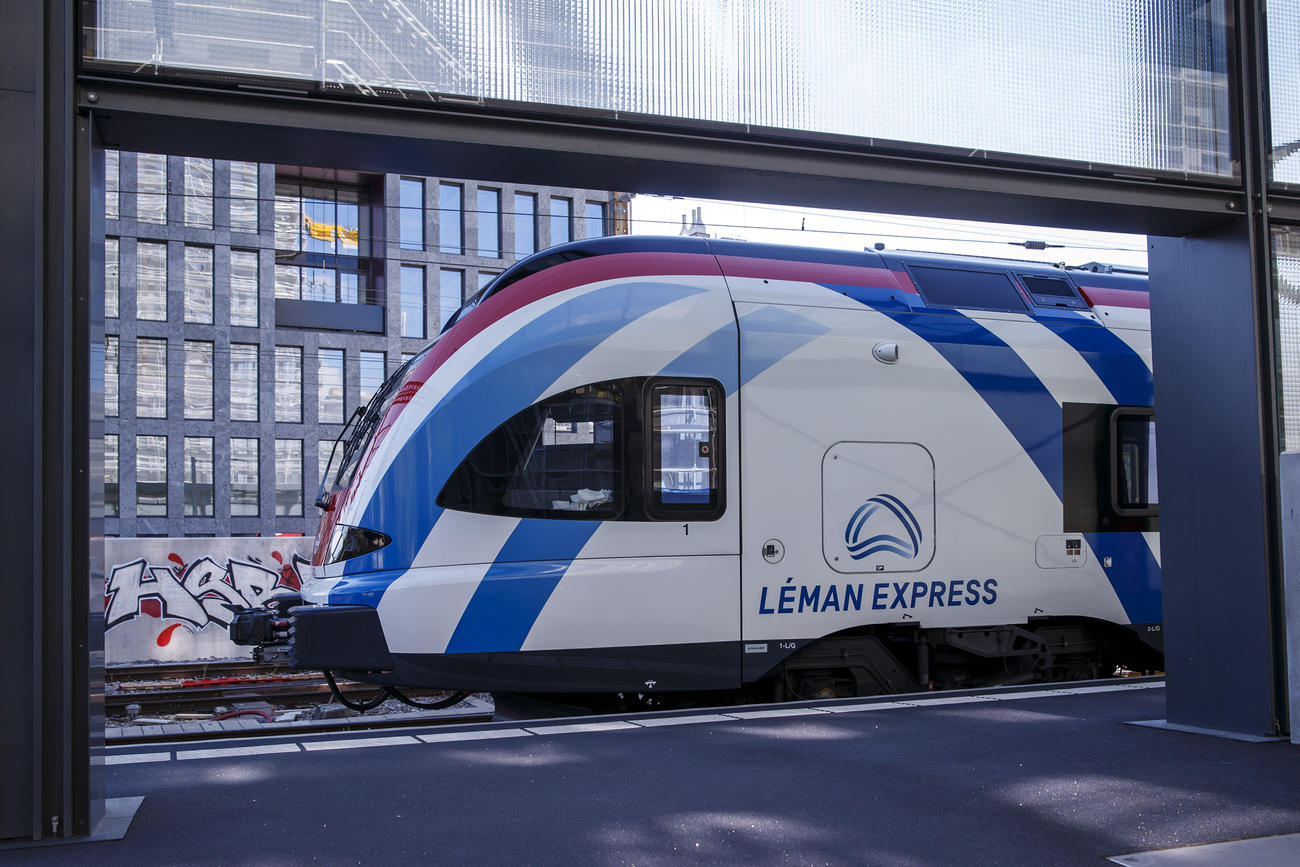
You can find an overview of ongoing debates with our journalists here . Please join us!
If you want to start a conversation about a topic raised in this article or want to report factual errors, email us at english@swissinfo.ch.